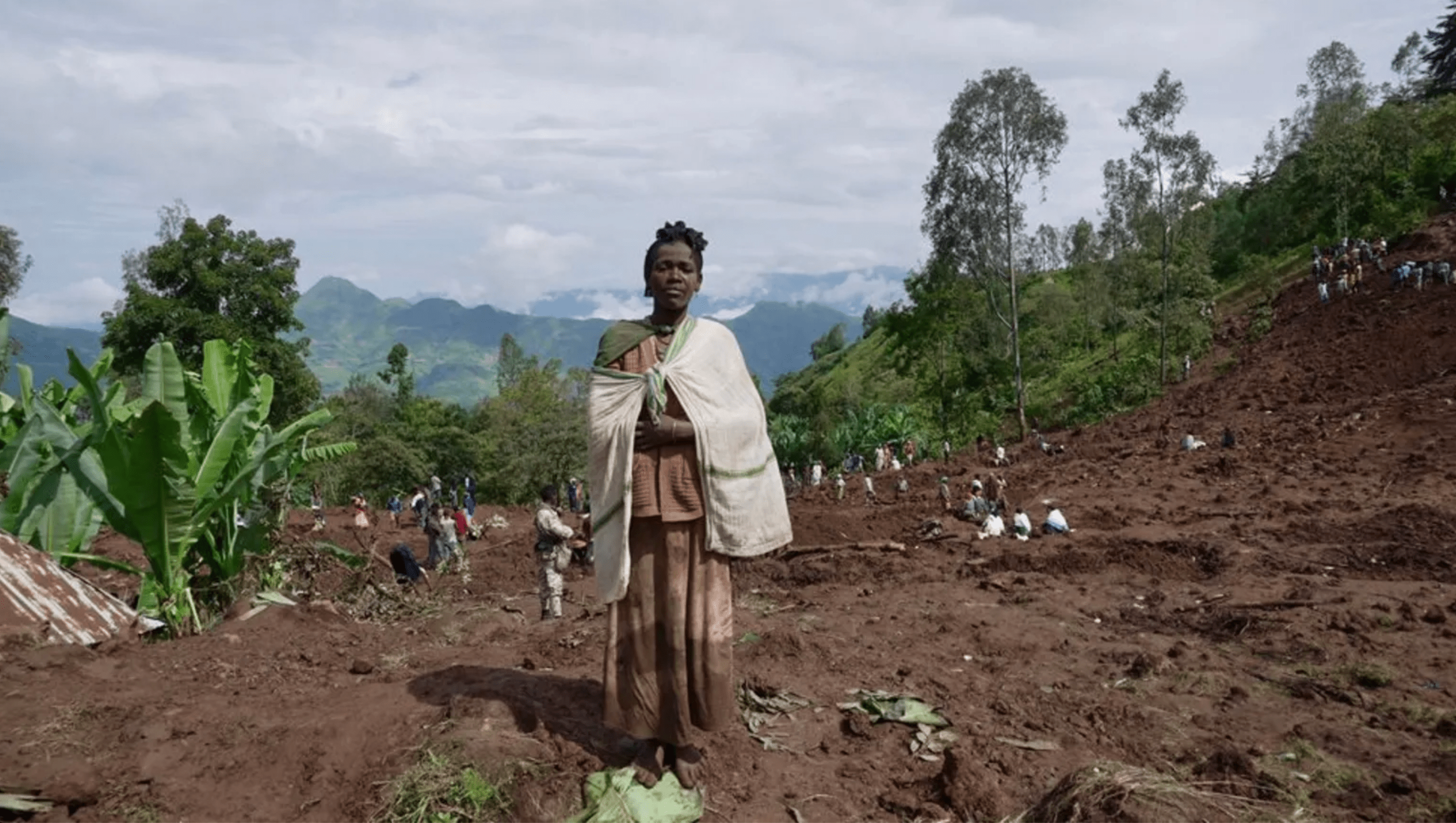KGAUTSWANE – South African Lucy Mhlapo had noticed people in the nearby town chattering into tiny metal boxes pressed to their ears, but she never dreamed she’d use one of the devices herself.
Then, in August last year, a 45-metre tower of red-and-white steel appeared on the hill behind Mhlapo’s dusty village in South Africa’s north-east. The neighbours said it would make cellphones work here in Kgautswane.Mhlapo’s daughter scraped together enough cash for a second-hand cellphone and some airtime, and in January this year, at the age of 60, Mhlapo made her first call.”I was so happy, I called my brother in Johannesburg and asked him to bring some mealie pap,” she laughed, referring to the staple starch food popular in southern Africa.Mobile operators are scrambling to gain a foothold in Africa, where cellphone penetration hovers at just 15 per cent and growth is ripe for those with a stomach for risk.A decade after mobile technology took off on the continent, most affluent city dwellers have phones, making poor rural areas like Kgautswane the new battleground for operators seeking growth.RAGING DEMAND South African operators Vodacom – jointly owned by Telkom and Vodafone – and rival MTN make serious money in areas like this in South Africa.As demand rages among rural folk, Vodacom, which erected the Kgautswane mast, now has to kit out rural base stations with the same level of equipment as base stations in the city.Still, it made back the 1,25-million-rand outlay for the Kgautswane mast in less than six months.People living in the area around the base station – which covers a roughly 30-km radius – make between 20 000 and 30 000 calls a day, just over a year after coverage went live, according to Vodacom.”We can’t put these things up fast enough,” said Vodacom’s Clive Wilson, supervisor of operations for the chunk of South Africa north of the capital Pretoria.”People here may not spend much but there are so many of them that it makes these areas more than viable – they are very profitable.”Huddled under a spiky tree next to the new cellular mast, Mhlapo interrupts a family meeting to check an SMS and deftly fires off a reply.”Now I can contact my children.Before we had to wait months for them to come,” she said in a mix of Sotho and Afrikaans, tucking her prized phone away inside a striped dress.Mhlapo says she spends as much as 200 rand on airtime some months.Margaret Chinhete, a Zimbabwean woman who lives down the gravel road says she spends about 100 rand a month on her new phone, but easily covers that with the extra cash she makes from selling crafts now she can contact customers by phone.”When I bought this I had never made a phone call.Now I use it to call business contacts.It saves me from walking kilometres every day and I have doubled my monthly earnings,” Chinhete told Reuters, as she hauled home her wares.’DON’T IGNORE RURAL AFRICA’ Some customers in rural areas spend next to nothing on airtime.But they do receive calls, and Vodacom Chief Operating Officer Pieter Uys says extending coverage even in poor areas makes sense as long as costs are kept in check.”Any positive return that is more than putting your money in a bank is worthwhile,” he said in a telephone interview.”A customer will start off receiving calls, but then they will try making calls, their friends will see them and it snowballs.”Rural areas are even more crucial for operators in the rest of Africa, where vast populations live in rustic homesteads, relying on home-grown maize for survival.Experts say operators need to keep hunting for niftier ways to make calls affordable and to turn poor country dwellers into makers of calls as well as receivers.”Rural areas are the main areas in Africa – we need to make sure the network is available for these people,” Peter Arina, chief operating officer at Kenya’s top operator Safaricom, told Reuters in a recent interview.Some operators tout a tool that allows richer customers in the city to transfer airtime to poorer relatives, while others offer free ‘please call me’ text message services.Most operators sell airtime in tiny denominations for people who live from hand to mouth, while handset makers have launched a range of low-cost phones aimed at emerging markets.South African firms have also built thousands of shared pay phones to meet licence conditions and experts say operators wanting to reach Africa’s rural poor need to copy their example.While few people in rural areas can afford to splash out US$30 for a handset, they may be willing to spend a dollar or two to make important calls on a shared mobile phone.”Community pay phones will remove the next barrier (to mobile phones) because they get rid of the upfront cost,” said independent telecoms analyst Paul Hamilton.Nampa-ReutersThe neighbours said it would make cellphones work here in Kgautswane.Mhlapo’s daughter scraped together enough cash for a second-hand cellphone and some airtime, and in January this year, at the age of 60, Mhlapo made her first call.”I was so happy, I called my brother in Johannesburg and asked him to bring some mealie pap,” she laughed, referring to the staple starch food popular in southern Africa.Mobile operators are scrambling to gain a foothold in Africa, where cellphone penetration hovers at just 15 per cent and growth is ripe for those with a stomach for risk.A decade after mobile technology took off on the continent, most affluent city dwellers have phones, making poor rural areas like Kgautswane the new battleground for operators seeking growth.RAGING DEMAND South African operators Vodacom – jointly owned by Telkom and Vodafone – and rival MTN make serious money in areas like this in South Africa.As demand rages among rural folk, Vodacom, which erected the Kgautswane mast, now has to kit out rural base stations with the same level of equipment as base stations in the city.Still, it made back the 1,25-million-rand outlay for the Kgautswane mast in less than six months.People living in the area around the base station – which covers a roughly 30-km radius – make between 20 000 and 30 000 calls a day, just over a year after coverage went live, according to Vodacom.”We can’t put these things up fast enough,” said Vodacom’s Clive Wilson, supervisor of operations for the chunk of South Africa north of the capital Pretoria.”People here may not spend much but there are so many of them that it makes these areas more than viable – they are very profitable.”Huddled under a spiky tree next to the new cellular mast, Mhlapo interrupts a family meeting to check an SMS and deftly fires off a reply.”Now I can contact my children.Before we had to wait months for them to come,” she said in a mix of Sotho and Afrikaans, tucking her prized phone away inside a striped dress.Mhlapo says she spends as much as 200 rand on airtime some months.Margaret Chinhete, a Zimbabwean woman who lives down the gravel road says she spends about 100 rand a month on her new phone, but easily covers that with the extra cash she makes from selling crafts now she can contact customers by phone.”When I bought this I had never made a phone call.Now I use it to call business contacts.It saves me from walking kilometres every day and I have doubled my monthly earnings,” Chinhete told Reuters, as she hauled home her wares.’DON’T IGNORE RURAL AFRICA’ Some customers in rural areas spend next to nothing on airtime.But they do receive calls, and Vodacom Chief Operating Officer Pieter Uys says extending coverage even in poor areas makes sense as long as costs are kept in check.”Any positive return that is more than putting your money in a bank is worthwhile,” he said in a telephone interview.”A customer will start off receiving calls, but then they will try making calls, their friends will see them and it snowballs.”Rural areas are even more crucial for operators in the rest of Africa, where vast populations live in rustic homesteads, relying on home-grown maize for survival.Experts say operators need to keep hunting for niftier ways to make calls affordable and to turn poor country dwellers into makers of calls as well as receivers.”Rural areas are the main areas in Africa – we need to make sure the network is available for these people,” Peter Arina, chief operating officer at Kenya’s top operator Safaricom, told Reuters in a recent interview.Some operators tout a tool that allows richer customers in the city to transfer airtime to poorer relatives, while others offer free ‘please call me’ text message services.Most operators sell airtime in tiny denominations for people who live from hand to mouth, while handset makers have launched a range of low-cost phones aimed at emerging markets.South African firms have also built thousands of shared pay phones to meet licence conditions and experts say operators wanting to reach Africa’s rural poor need to copy their example.While few people in rural areas can afford to splash out US$30 for a handset, they may be willing to spend a dollar or two to make important calls on a shared mobile phone.”Community pay phones will remove the next barrier (to mobile phones) because they get rid of the upfront cost,” said independent telecoms analyst Paul Hamilton.Nampa-Reuters
Stay informed with The Namibian – your source for credible journalism. Get in-depth reporting and opinions for
only N$85 a month. Invest in journalism, invest in democracy –
Subscribe Now!






